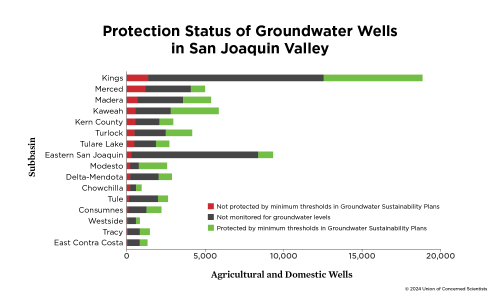If you want to see the beautiful coral reefs of the Flower Garden Banks, a federally protected marine sanctuary off the Texas coast, you can charter a boat to take you hours into the open ocean, about 100 miles off the shore of Galveston, where you’ll suit up and scuba dive 80 to 100 feet below the surface.
Or if you’re not a diver, you can head to 3550 Main Street in the Mid Main neighborhood in Houston, where until November 30, a projection of the Flower Garden Banks will waver in eight gallery windows, 35 to 40 feet long, interacting with its viewers. Every pedestrian who lingers by the reef projection will see themselves reflected spectrally, as their own movements bleach the corals.
The projection—titled Like There Is No Tomorrow—is the creation of multidisciplinary artist and anthropologist Lina Dib, working with technical designer Taylor Knapps. Dib, who is a research fellow and teaches at Rice University, is one of six artists nationwide who were granted $10,000 each in 2018 to develop and install their artwork as part of Art for Science Rising, a Union of Concerned Scientists initiative.
“We got amazing footage of the Flower Garden Banks reef from NOAA scientists who are working in the area,” Dib says of the projection. “So we get to take something that’s invisible to most people and bring it to the surface. I think it’s going to look very surreal and beautiful.”
The Flower Garden Banks coral reef, along with other reefs in the Gulf and in waters around the world, are in danger from warming oceans and increasing acidification; Dib says that some coastal Texans are not only unaware of their plight, but of their existence. “I feel like a beauty ambassador,” she says of the reef. She’ll also be a science ambassador, as Like There Is No Tomorrow’s month-long showing will be accompanied by talks and workshops led by experts on marine ecology and conservation, within the gallery space. Visitors can learn more about the Gulf reefs, and conservation efforts around them—and how Houstonians, residing as they do in a city that runs on the fossil fuel industry, can take steps in their own lives to protect marine and other ecosystems.
“I think that science is vital to understanding our effects in the world, and how our habits also shape the world. Having a better understanding of these things can grant us a stronger sense of agency, and also perhaps a feeling of accountability as well,” she says.
Visitors to Like There Is No Tomorrow and passers-by might be disturbed to discover that their interactions with the projection give the appearance of harming the reef. “It's a playful piece,” says Dib, “but it's also sort of sad, as it displays the effects we have on these ecosystems. I’m hoping this will lure the viewer toward a deeper understanding of how interconnected we are, and a realization that these issues affect us all, regardless of age, race, class, height, weight, whatever. The kinds of changes we’ll have to make as a civilization aren’t going to be easy. I like that this work amplifies these states of conflicting or unresolved emotions.”
Artist’s statement:
“It is a curious situation that the sea, from which life first arose should now be threatened by the activities of one form of that life. But the sea, though changed in a sinister way, will continue to exist; the threat is rather to life itself.” – Rachel Carson
Like There is No Tomorrow is a large-scale interactive video installation that examines species decline in the Anthropocene. Footage of the Gulf of Mexico’s Flower Garden Banks National Marine Sanctuary is brought to the surface on Houston’s Main Street. The piece aims to raise awareness about coral bleaching. As viewers linger by the work the underwater images of the corals turn white. Watery and whimsical, slow and ephemeral, this work is a reflection on the root of the word disaster—to be under a bad star, headed in the wrong direction. By tuning in to these at once beautiful and troubled places, we may begin to find new stars, to find new ways to navigate and redesign our relationships within natural systems.



